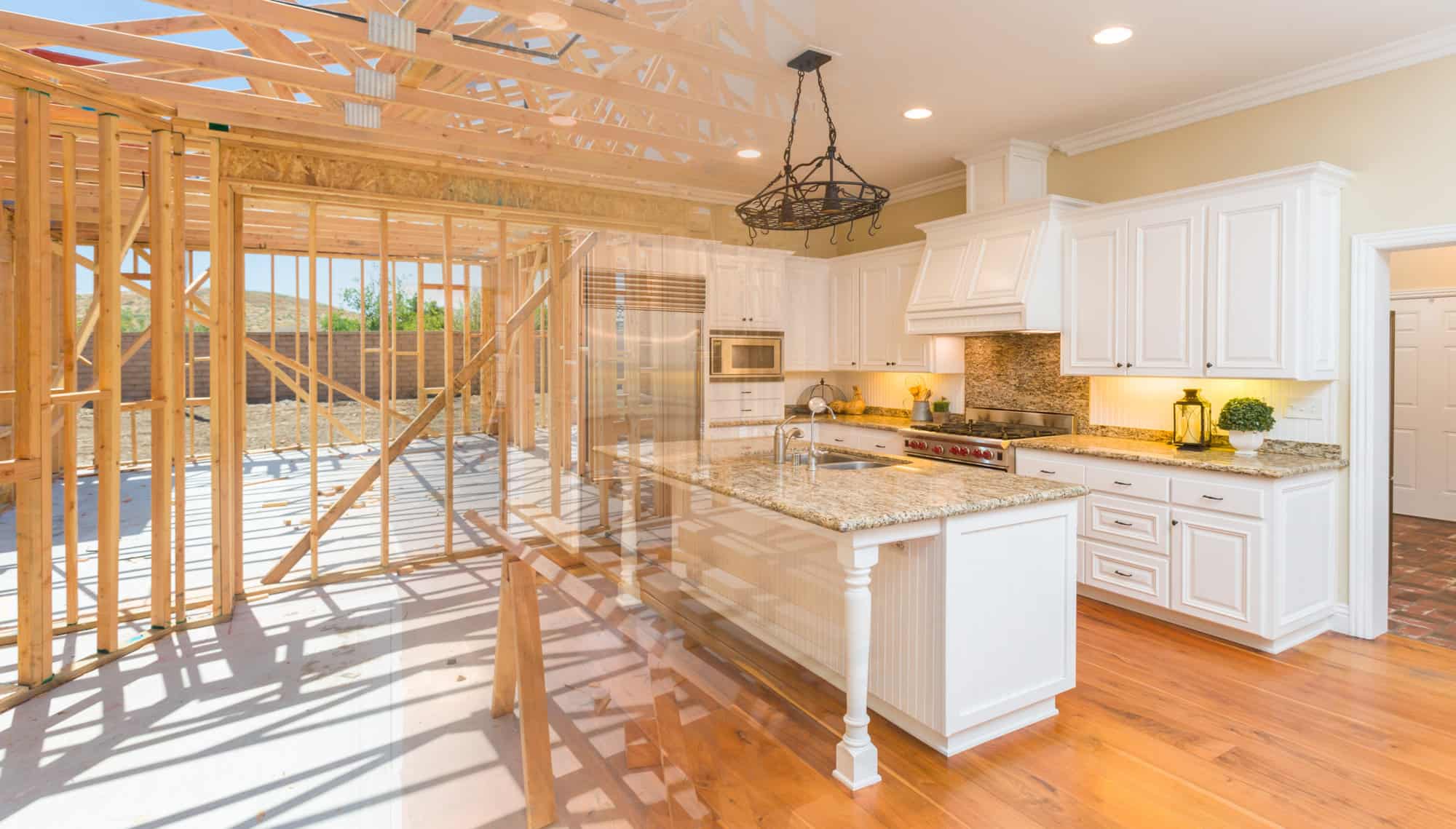As retirement nears, many Americans say they would prefer to retire in their current homes. However, their needs and abilities are bound to change as they get older. If you’re looking forward to retiring in the home you already live in, take a look around and imagine what your day-to-day life would be with less strength, mobility and visual acuity than you have now. Wherever you see potential issues, consider modifications you can make to help your house stay livable and comfortable late into your retirement. Here are a few suggestions:
- Safer stairs. If you live in a multi-story home, you may want to consider how you’ll adapt in the event that walking up the stairs becomes too difficult. You may want to convert a downstairs den into a bedroom or add a bathroom on the first floor if you don’t already have one. And for staircases that you’re sure to keep using, such as those up to a front door, make sure you have sturdy handrails on both sides.
- Brighter light. It’s natural for your vision to change as you age. Many seniors find they need more light to be able to see clearly – even if they don’t have diagnosable eye problems. To bring more natural light into your home, you can add additional windows or skylights. More overhead lighting or even a few freestanding lamps, can also make a big difference. If your new lighting feels to bright at first, have your electrician install dimmer switches.
- Accessible bathrooms. You may love your sunken tub today, but at some point, getting in and out of it without assistance could become difficult. Consider how you could retrofit at least one full bathroom to make it safe and accessible regardless of your physical abilities. Consider shower stalls that don’t require a step up and having a bathroom door swing out (rather than in), which can give you more space inside a small bathroom.
- Easy-to-use kitchen. If you love to cook, keeping your kitchen accessible should be a top priority. Can you reach everything you need without relying on a step stool? Is there counter space that you could use to prep meals while sitting down? Make sure that all of your essentials are easy to reach and use, without bending or lifting. When you buy new appliances, choose those with buttons and knobs that are easy to press or turn.
For older homes that haven’t been renovated recently, retrofitting for accessibility can sometimes be too complicated and costly to feel worth it. And many retirees living on a fixed income aren’t interested in heating and cooling an entire multi-bedroom home just for themselves. If you are unsure about being able to retrofit or maintain your home, you may want to consider downsizing and moving into something smaller. If you’re very attached to your home and don’t want to sell it, consider renting it out. The income you bring in may be enough to cover your rent somewhere that better suits your needs.







